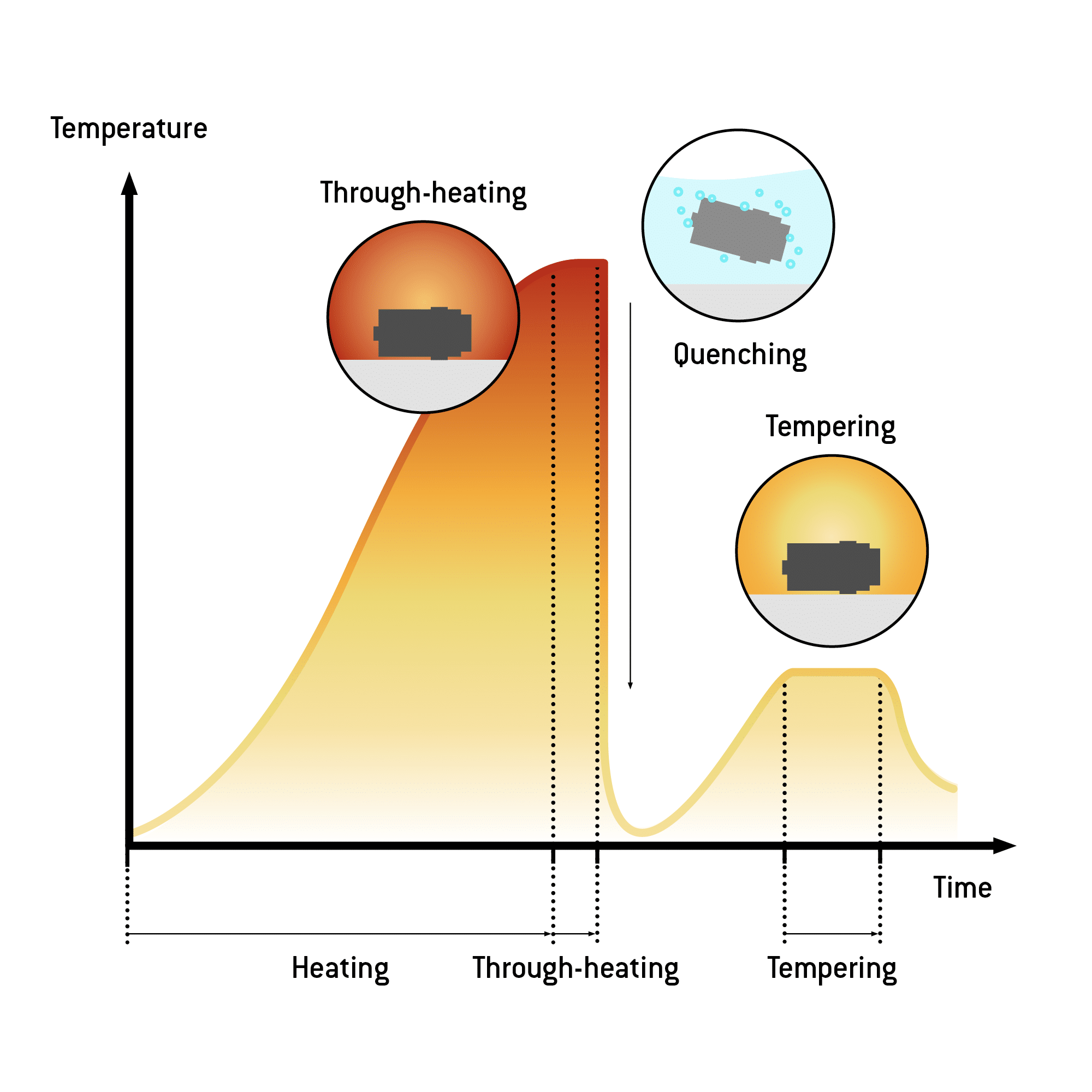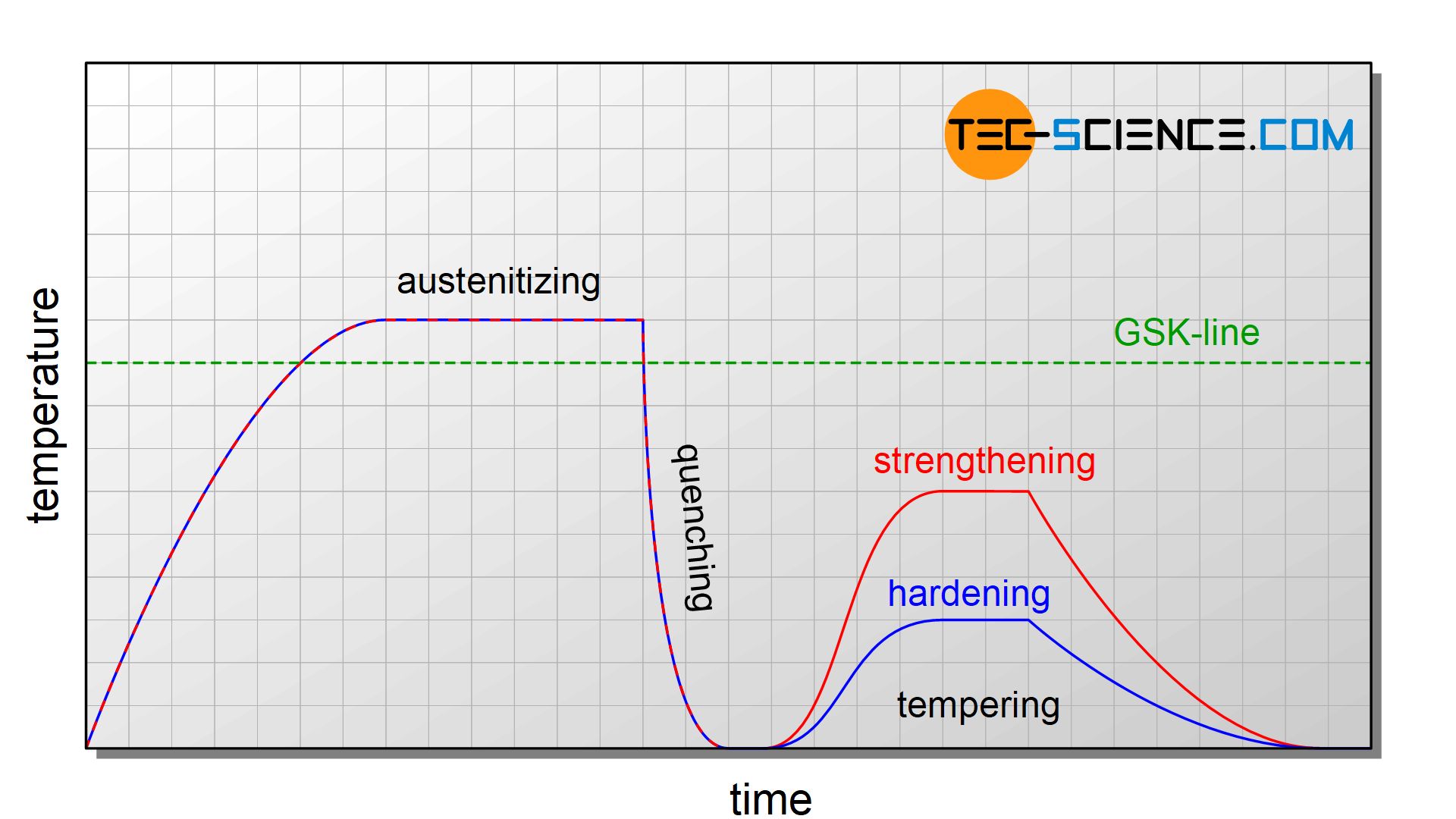Contents

Source: härtha group
Understanding Quenching in Fluorescence and Laser Transitions
Quenching is a phenomenon observed in various fields, particularly in the study of fluorescence and laser transitions. It involves the reduction of fluorescence intensity and lifetime due to different processes. This article delves into the mechanisms behind quenching, especially in the context of rare-earth-doped or transition-metal-doped laser gain media.
The Basics of Quenching
In the realm of laser physics and photonics, quenching refers to the reduction of the lifetime of electronic levels in laser-active ions. This reduction can significantly impact the performance of lasers and other optical devices. Quenching can occur due to several reasons, including:
- Multi-phonon transitions: These transitions involve the transfer of energy from higher electronic levels to lower ones, facilitated by phonons, which are quanta of lattice vibrations.
- Concentration quenching: High concentrations of laser-active ions can lead to energy transfer between ions, often resulting in the clustering of ions and reduced fluorescence efficiency.
- Impurity-induced quenching: Unwanted impurities, which may be introduced during the manufacturing process, can absorb energy from laser-active ions, leading to quenching.
- Defects in crystal structure: Energy transfer to color centers or defects in the crystal lattice can also cause quenching.
Effects of Quenching
Quenching manifests as a decrease in the decay time and overall intensity of fluorescence. This reduction in fluorescence intensity is indicative of decreased quantum efficiency, meaning that not all ions in the excited state can emit fluorescence. In laser systems, quenching can have several implications:
- Increased threshold pump power: Quenching may necessitate higher pump power to achieve laser action.
- Reduced gain in amplifiers: The gain of laser amplifiers can be adversely affected by quenching.
Positive Aspects of Quenching
While often seen as detrimental, quenching can sometimes be beneficial or even essential for certain laser operations:
- Population of upper laser levels: Quenching can facilitate the population of upper laser levels by pumping into higher-lying levels.
- Reduction of lower-state lifetime: By reducing the lower-state lifetime, quenching can help decrease the population of the lower laser level, which is beneficial for laser operation.
Complexities in Observing Quenching
Determining the exact processes responsible for quenching can be challenging. Additional fluorescence at other wavelengths may be generated, indicating potential upconversion fluorescence or energy transfer to impurities. However, distinguishing whether this fluorescence results from the same quenching process can be difficult. For instance, weak upconversion fluorescence might either be a minor effect with negligible impact or a sign of significant quenching through upconversion.
Conclusion
Quenching in fluorescence and laser transitions is a complex phenomenon with both negative and positive implications. Understanding the underlying mechanisms is crucial for optimizing the performance of lasers and other optical devices. By exploring the various causes and effects of quenching, researchers can develop strategies to mitigate its adverse impacts or harness its beneficial aspects for advanced photonic applications.


Source: tec-science
Feel free to comment your thoughts.



